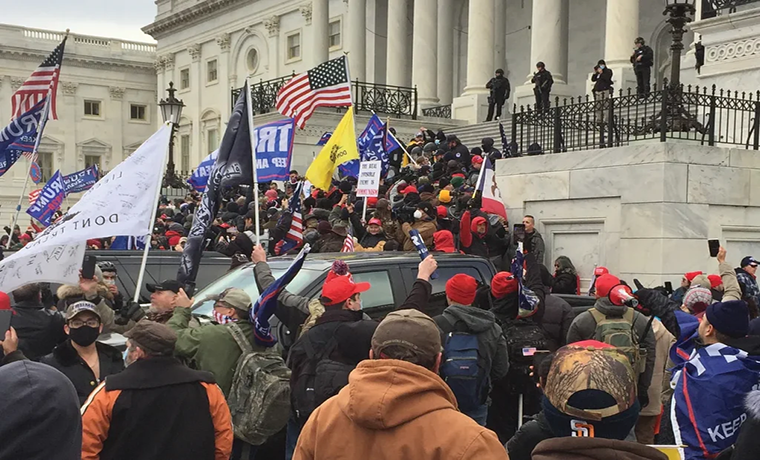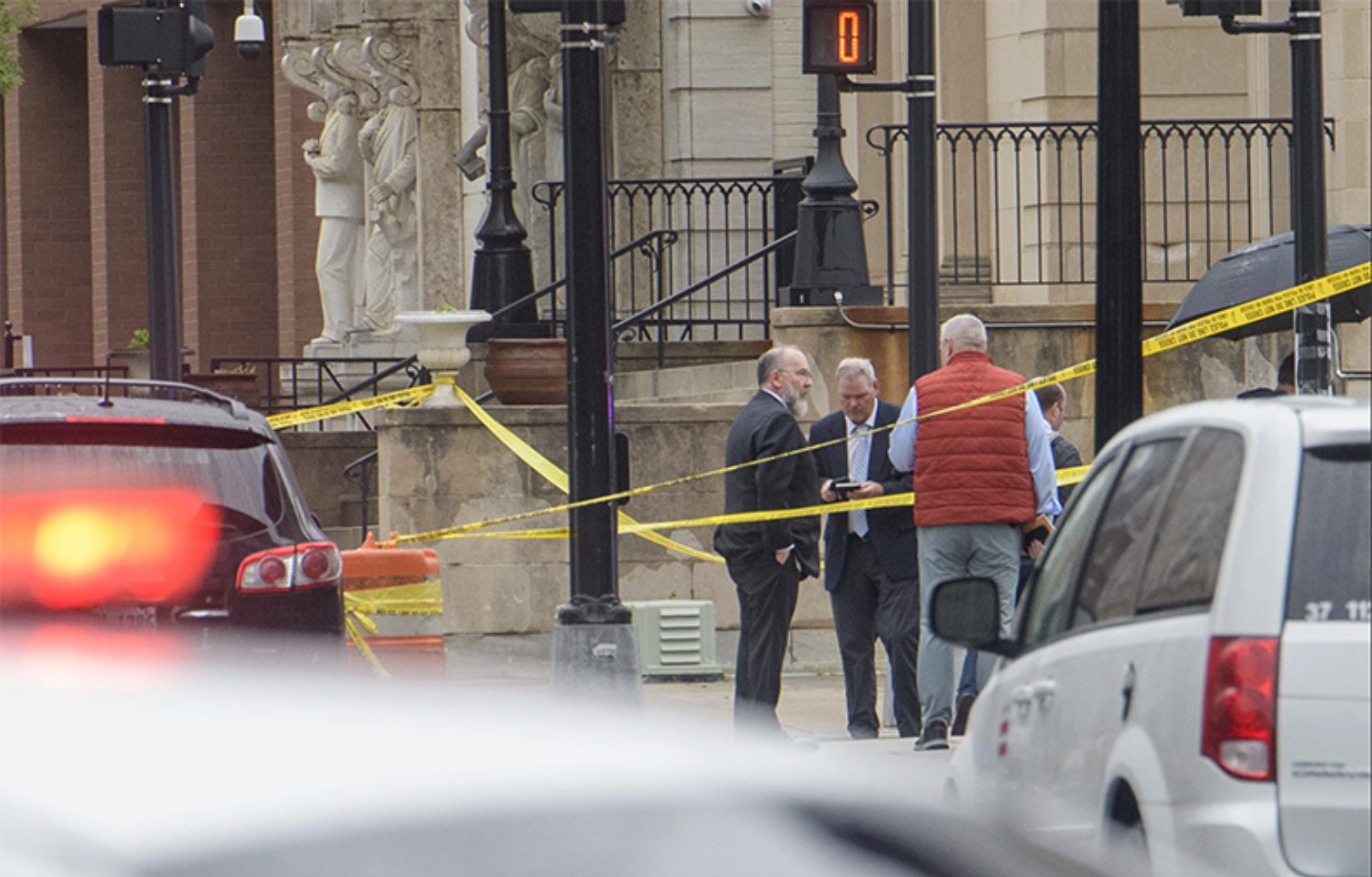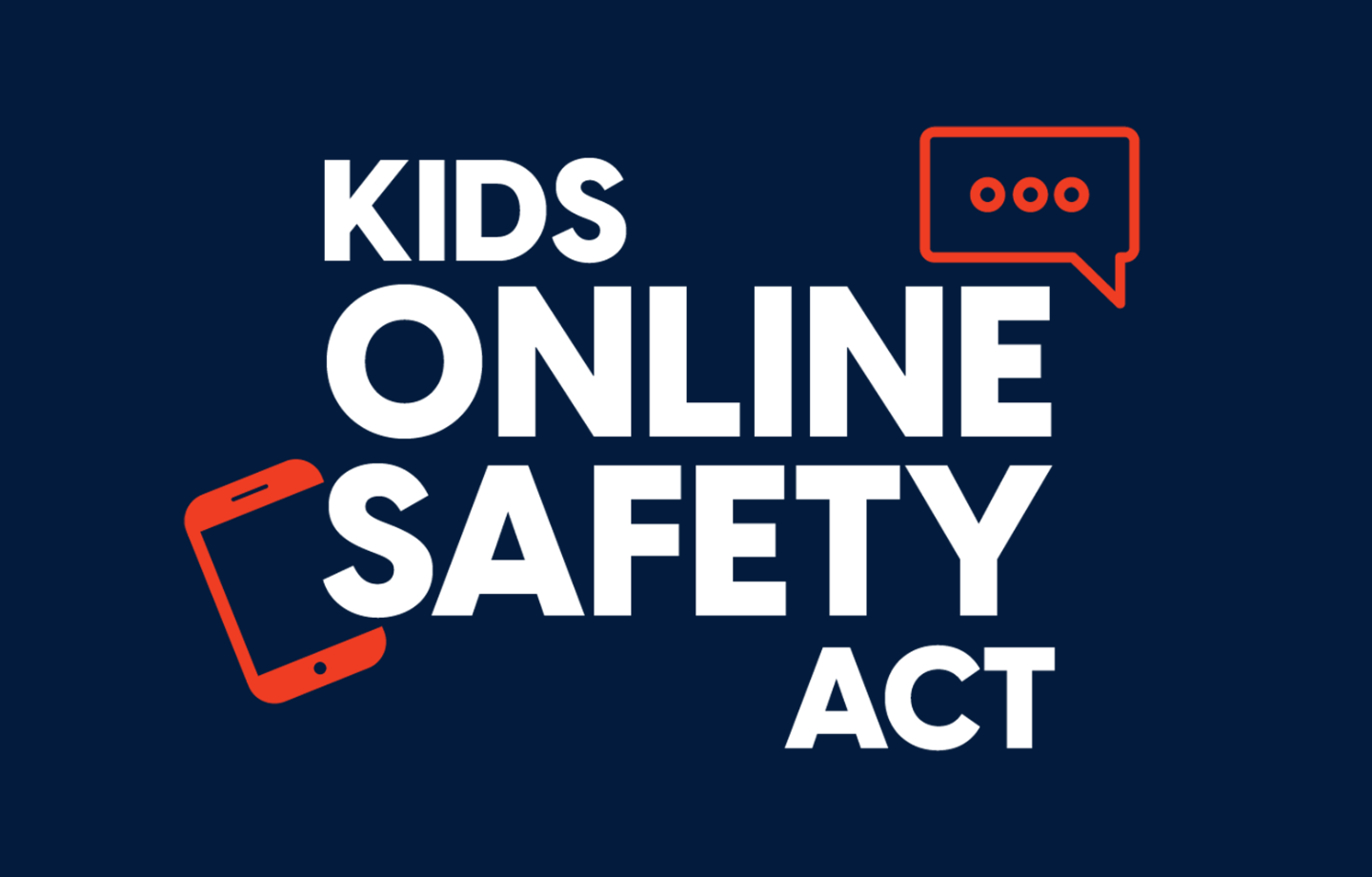Investigating the Role of Social Media In the Rise of Violent Rhetoric and Actual Political Violence

May 20, 2024
Violent political rhetoric and personal threats against public officials are on the rise. In a feature story posted on May 19, The New York Times reported:
Last year, more than 450 federal judges were targeted with threats, a roughly 150 percent increase from 2019, according to the United States Marshals Service. The U.S. Capitol Police investigated more than 8,000 threats to members of Congress last year, up more than 50 percent from 2018.
Threats rarely evolve into violent action, but it happens. The mass shootings at a synagogue in Pittsburgh in 2018 and a supermarket in Buffalo in 2022 were carried out by gunmen who expressed extreme right-wing views online. On January 6, 2021, supporters of then-President Donald Trump rioted at the U.S. Capitol and threatened to hang then-Vice President Mike Pence in an historic act of political violence incited and organized on social media platforms like Twitter (now X) and Facebook.
Trump’s penchant for menacing rhetoric doubtless has contributed to a coarsening of American political communication. In a recent interview with Time, he refused to rule out political violence if he were to fail in his attempt to regain the White House in November. “If we don’t win, you know, it depends,” he told TIME. “It always depends on the fairness of the election.”
But what other factors contribute to the trend? The Times reported that “experts describe this moment as particularly volatile, thanks in great part to social media platforms that can amplify anonymous outrage, spread misinformation and conspiracy theories and turn a little-known public employee into a target” (emphasis added). But the newspaper did not offer a specific citation for this claim, leaving some ambiguity surrounding the role of social media.
Our Center for Business and Human Rights has decided to investigate what social science tells us about that role. We’ll supplement our survey of the academic literature with interviews of scholars who have researched the question and a review of journalistic reports connecting social media to violent threats and actual violence. We aim to publish our white paper soon after Labor Day, as the presidential election campaign enters its intense final phase.
 Technology & Democracy
Technology & Democracy


